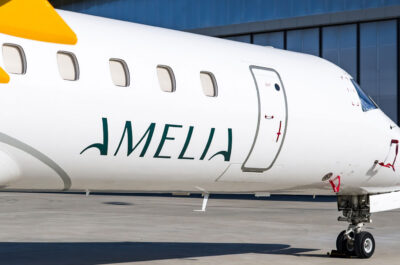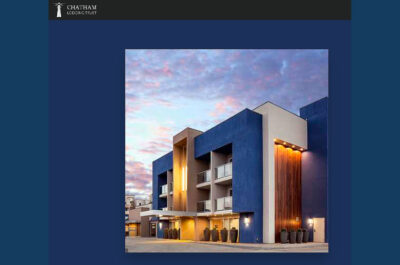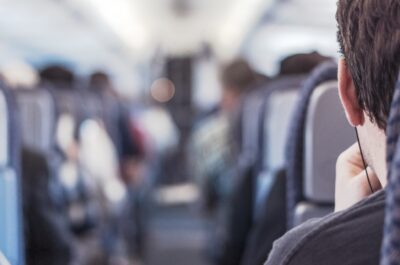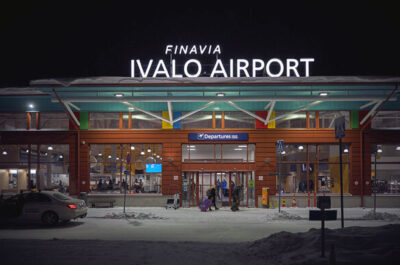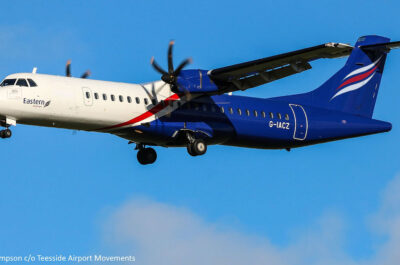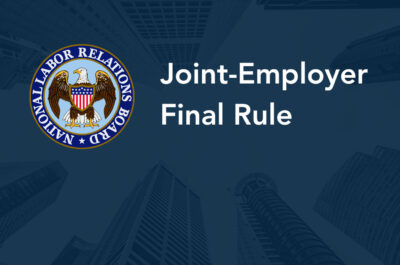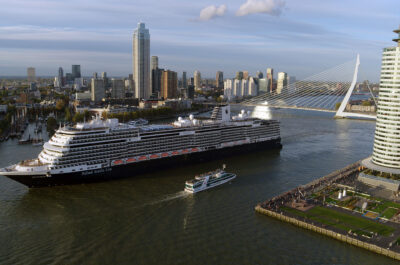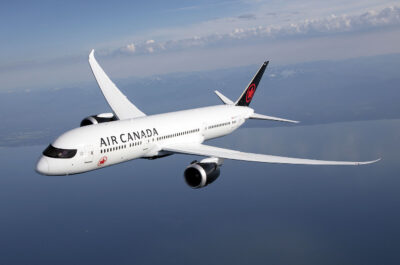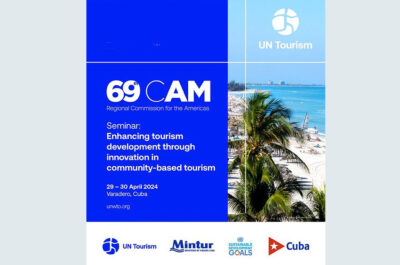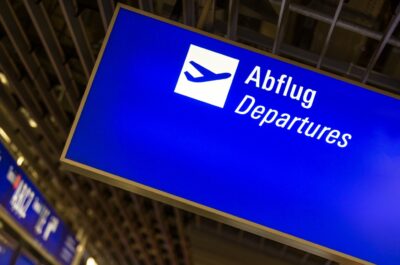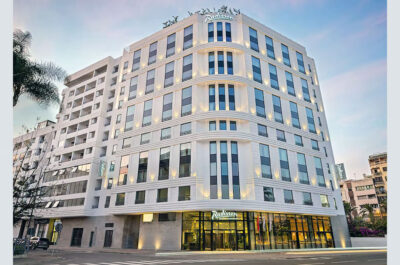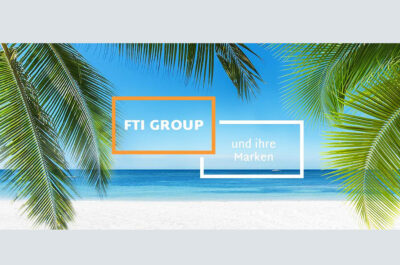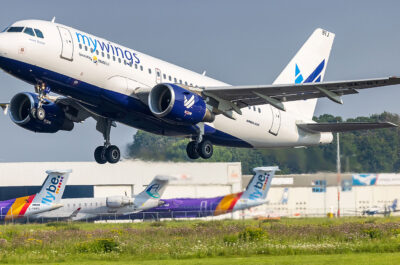The CarTrawler worldwide estimate of ancillary revenue forecasts 17.2% increase above 2013, with $28.5 billion of the total composed of a la carte fee activity.
DUBLIN, IRELAND – IdeaWorksCompany, the foremost consultancy on airline ancillary revenues, and CarTrawler, the leading provider of online car rental distribution systems, project airline ancillary revenue will reach $49.9 billion worldwide in 2014. The CarTrawler Worldwide Estimate of Ancillary Revenue represents a massive increase of 121% from the 2010 figure of $22.6 billion.
Earlier this year, CarTrawler and IdeaWorksCompany reported the ancillary revenue disclosed by 59 airlines for 2013. These statistics were applied to a larger list of 180 airlines to provide a truly global projection of ancillary revenue activity by the world’s airlines in 2014. The CarTrawler Worldwide Estimate of Ancillary Revenue marks the fifth year IdeaWorksCompany has prepared a projection of global ancillary revenue activity.
Ancillary revenue is generated by activities and services that yield revenue for airlines beyond the simple transportation of customers from A to B. This wide range of activities includes: commissions gained from hotel bookings, the sale of frequent flier miles to partners and the provision of a la carte services ? providing more options for consumers and more profit for airlines.
Revenue from optional services, such as onboard sales of food and beverages, checked baggage, premium seat assignments, and early boarding benefits was determined to represent $28.5 billion of the projected global 2014 total. The smaller share, at $21.4 billion, comes from non-fee activity such as the sale of frequent flier miles to program partners, and commissions earned on the sale of services to travelers, such as hotel accommodations and car rentals.
“Relevance is key to successful ancillary revenue generation. Data science has the power to unlock the secrets of customer behaviour, enabling airlines to align their technology strategy with their customers’ needs. The airlines that build their customer proposition around passenger data, will grow ancillary revenue and increase customer loyalty,” says Mike McGearty, CEO of CarTrawler.
Analysis performed by IdeaWorksCompany during the past five years reveals natural groupings (or categories) based upon a carrier’s ability to generate ancillary revenue. The “percentage of revenue” results associated with four defined categories have been applied to a worldwide list of operating revenue disclosed by 180 airlines. The following describes the four categories:
- Traditional Airlines. This category represents a catch-all for the largest number of carriers. Ancillary revenue activity may consist of fees associated with excess or heavy bags, extra legroom seating and partner activity for a frequent flier program. Most European carriers now charge fees for the first checked bag. The average percentage of revenue increased to 3.6% from 3.1% last year. Examples include Etihad Airways, China Southern, Lufthansa, and Avianca.
- Major US Airlines. US-based majors generate strong ancillary revenue through a combination of frequent flier revenue and baggage fees. The percentage of revenue for this group remained at 9.9%, which was the same rate that applied for 2013. Examples include Alaska, American, and Delta.
- Ancillary Revenue Champs. These carriers generate the highest activity as a percentage of operating revenue. The percentage of revenue achieved by this group grew to 23.6% from 21.6% for 2013. Examples include AirAsia X, Allegiant, Pegasus, and Wizz Air.
- Low Cost Carriers. LCCs throughout the world typically rely upon a mix of a la carte activity to generate good levels of ancillary revenue. The percentage of revenue for this group was 12.1% and is above last year’s 10.5%. Examples include IndiGo, Jazeera Airways, Jeju Air, JetBlue, Norwegian, and Spring Airlines.
The US Major Airlines category produces a significant share of global ancillary revenue. The $15.4 billion result (30.9% of the global total) is generated by just seven carriers: Alaska Airlines, American, Delta, Hawaiian, Southwest, United, and US Airways. These carriers rely upon their frequent flier programs to generate a significant share of ancillary revenue. For example, 73% of Alaska’s ancillary revenue is produced by its Mileage Plan frequent flier program. The largest category at 35.2% is generated by carriers classified as Traditional Airlines. This group consists of 112 carriers out of the total 180 airline sample.
IdeaWorksCompany believes the majority of ancillary revenue for US major airlines is generated by the sale of frequent flier miles, mostly linked to co-branded credit cards. Baggage fees for US carriers represent approximately 25% of their ancillary receipts. The remaining revenue is produced by an array of a la carte and commission-based products. The profile for Southwest is certainly different because it does not charge for the first or second checked bag.
Theodore is the Co-Founder and Managing Editor of TravelDailyNews Media Network; his responsibilities include business development and planning for TravelDailyNews long-term opportunities.




